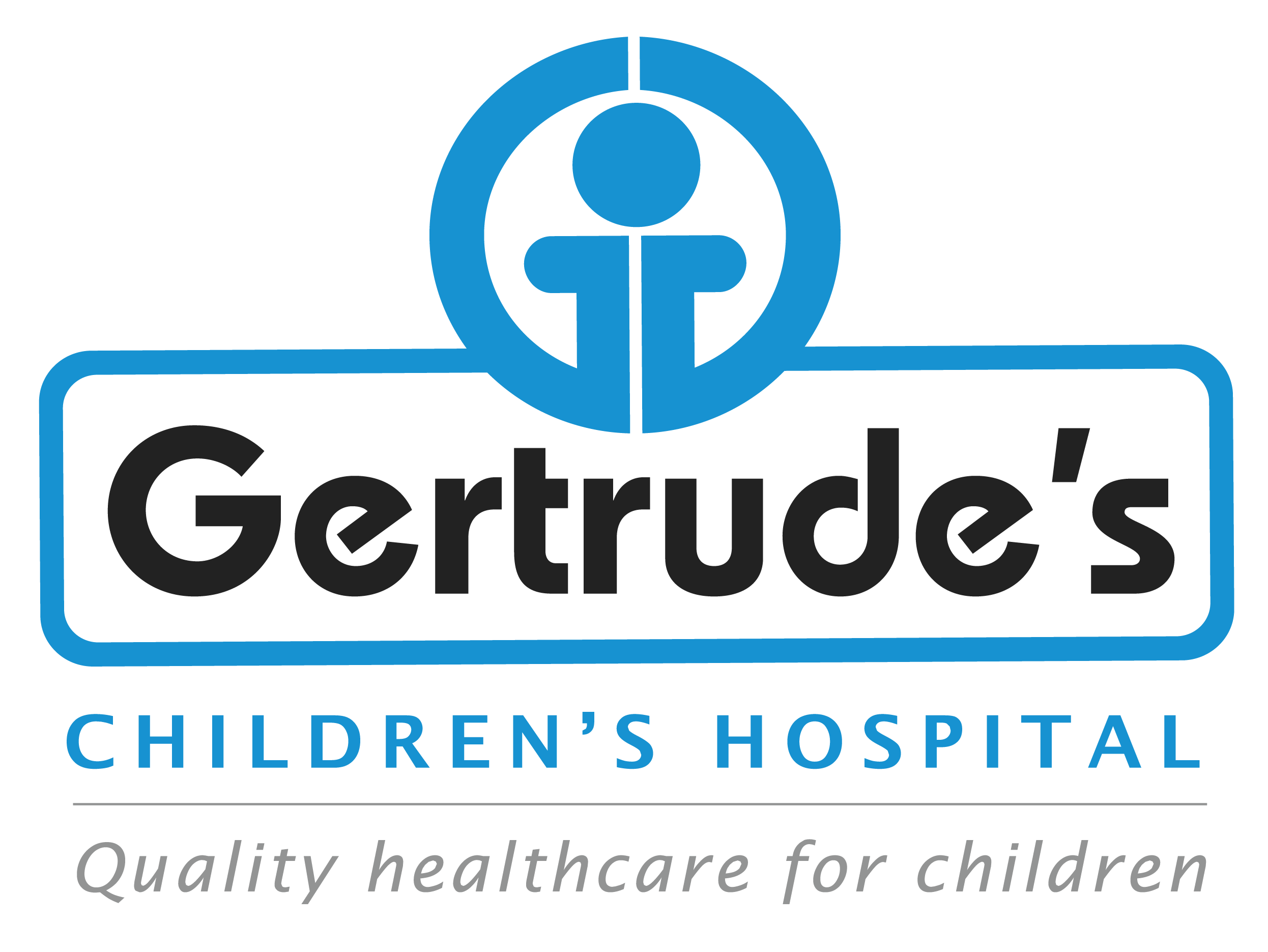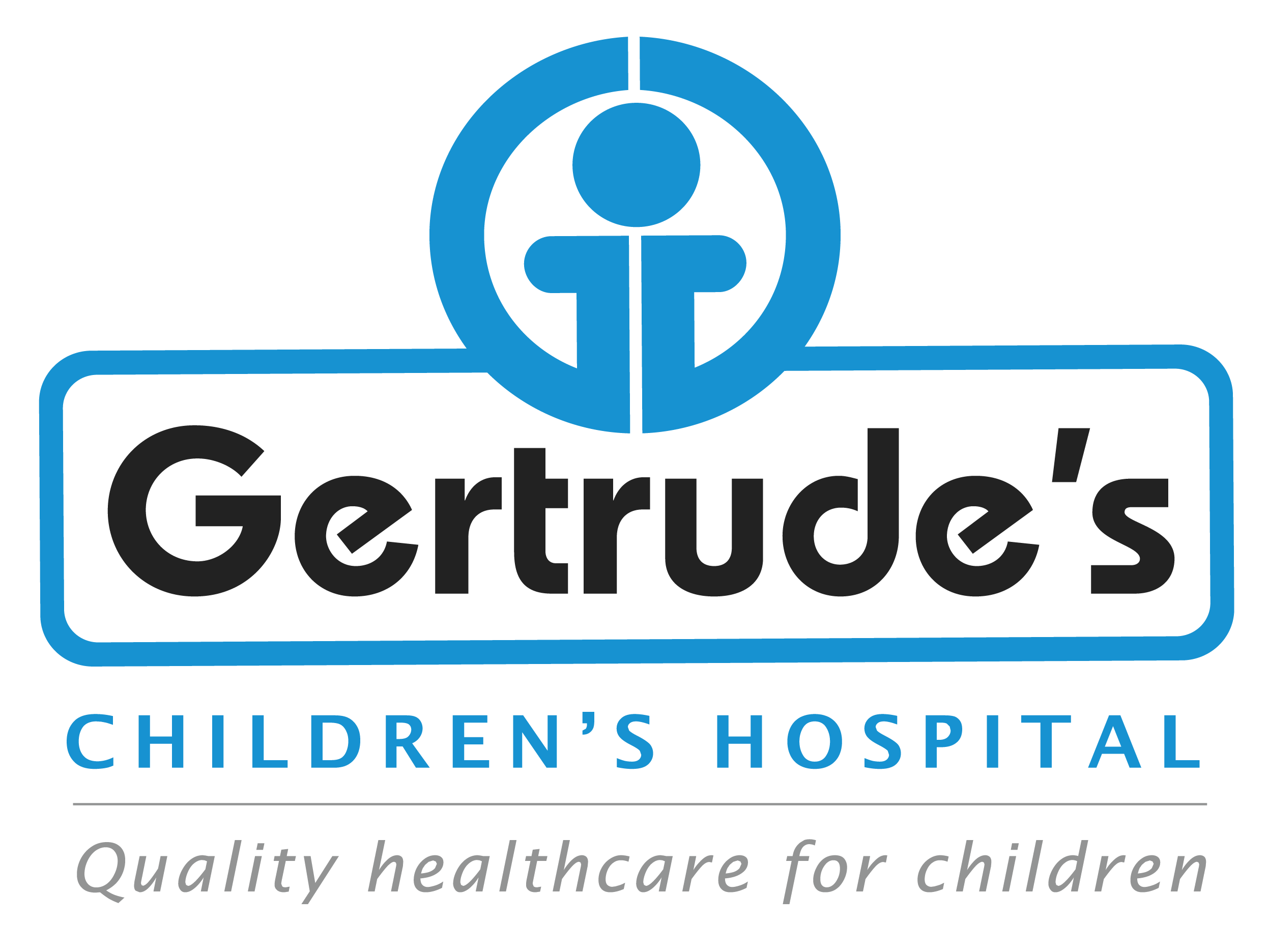Cervical lymphadenitis is a condition in which the lymph nodes in the neck (cervical lymph nodes) become swollen and inflamed, often due to infection. Lymph nodes are small, bean-shaped structures that are part of the body’s immune system, helping to filter out harmful bacteria, viruses, and other foreign particles. In children, cervical lymphadenitis is a common condition, especially during or after upper respiratory infections. While most cases are mild and resolve with treatment, more serious infections may require medical attention. Recognizing the signs and seeking prompt care can help prevent complications.
Symptoms
- Swollen lymph nodes: The lymph nodes in the neck become enlarged and may feel tender or firm to the touch.
- Pain in the neck: Children may complain of pain or discomfort in the neck, especially when turning their head or swallowing.
- Redness or warmth: The skin over the affected lymph nodes may become red or feel warm, particularly if the infection is severe.
- Fever: Many children with cervical lymphadenitis develop a fever, indicating an active infection.
- Fatigue and malaise: Children may feel generally unwell, tired, or irritable.
- Other signs of infection: Depending on the underlying cause, symptoms such as a sore throat, cough, or runny nose may also be present.
Causes
- Upper respiratory infections: Viral infections like the common cold, flu, or respiratory syncytial virus (RSV) can cause inflammation in the lymph nodes as the body fights off the infection.
- Bacterial infections: Bacterial infections, such as strep throat (caused by group A streptococcus) or skin infections, can lead to more severe cases of lymphadenitis.
- Tonsillitis: Inflammation of the tonsils can cause the nearby lymph nodes in the neck to swell.
- Dental infections: Infections of the teeth or gums can also cause lymph node swelling in the neck.
- Mononucleosis: Caused by the Epstein-Barr virus, mononucleosis (mono) can lead to generalized lymph node swelling, including in the neck.
- Cat-scratch disease: Caused by bacteria transmitted from a scratch or bite from a cat, this condition can result in swollen lymph nodes.
Diagnosis
- Medical history: The doctor will ask about the child’s symptoms, recent infections, and any exposure to animals or other possible sources of infection.
- Physical examination: The doctor will examine the neck to check for swollen lymph nodes, redness, tenderness, and other signs of infection.
- Blood tests: Blood tests may be ordered to check for signs of infection, such as an elevated white blood cell count or the presence of specific bacteria or viruses.
- Throat swab: If a bacterial throat infection (such as strep throat) is suspected, a throat swab may be taken to identify the bacteria causing the infection.
- Ultrasound or imaging tests: In cases where the diagnosis is unclear or to rule out other causes, an ultrasound or CT scan may be used to visualize the lymph nodes and surrounding tissues.
- Biopsy: In cases where the cause of the lymphadenitis is uncertain, a biopsy of the affected lymph node may be performed to check for more serious conditions like lymphoma.
Treatment Options
- Observation:
In cases of mild viral infections, treatment may simply involve monitoring the child’s symptoms and providing supportive care, such as rest, fluids, and fever reducers like acetaminophen or ibuprofen. Most viral infections resolve on their own within a few days to a week. - Antibiotics:
If the lymphadenitis is caused by a bacterial infection, antibiotics may be prescribed to eliminate the infection and reduce the swelling in the lymph nodes. Commonly used antibiotics include amoxicillin or cephalexin. It is important to complete the full course of antibiotics even if symptoms improve before the medication is finished. - Warm compresses:
Applying warm compresses to the swollen lymph nodes can help relieve pain and reduce inflammation. - Pain management:
Over-the-counter pain relievers, such as acetaminophen or ibuprofen, can be given to reduce pain, fever, and inflammation. These medications can help keep the child comfortable while the infection resolves. - Drainage of abscess:
In cases where the lymphadenitis has led to the formation of an abscess (a pocket of pus), the abscess may need to be drained. This is usually done through a small incision under local anesthesia to release the pus and promote healing. - Surgical removal of the lymph node:
In very rare cases, where the lymphadenitis is persistent or there are concerns about more serious conditions, surgical removal of the affected lymph node may be considered.
Why Choose Us
Expert team
Our pediatric specialists have extensive experience in treating children.
Personalized care
We create treatment plans that fit each child’s unique needs
Support and education
We teach children and families how to care for them and prevent future cases
Advanced treatments
Access to the latest treatments and products
Contact
Please feel free to contact us with any general or medical enquiry by calling us.





